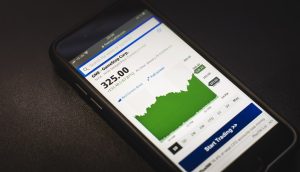Virtual Private Servers (VPS) have become increasingly popular in the world of Forex trading due to their reliability, low latency, and ability to execute trades 24/7. In this article, we will discuss how to set up a VPS for Forex trading.
Step 1: Choose a VPS provider
The first step is to choose a VPS provider that meets your needs. It is important to select a provider that offers low latency, high uptime, and excellent customer support. Some of the most popular VPS providers for Forex traders include Amazon Web Services (AWS), Microsoft Azure, and Google Cloud Platform.
Step 2: Select an operating system
Once you have chosen a VPS provider, the next step is to select an operating system (OS) for your VPS. The most common OS for Forex trading is Windows Server 2012, but Linux and other operating systems can also be used.
Step 3: Configure your VPS
After selecting an OS, you will need to configure your VPS. This includes setting up your VPS with the necessary software for Forex trading, such as a trading platform and any necessary indicators or expert advisors.
Step 4: Install a trading platform
The next step is to install a trading platform on your VPS. This can be done by downloading the platform from your broker’s website and installing it on your VPS. Some of the most popular trading platforms for Forex trading include MetaTrader 4 (MT4) and MetaTrader 5 (MT5).
Step 5: Install any necessary indicators or expert advisors
If you use indicators or expert advisors in your trading strategy, you will need to install them on your VPS. This can be done by downloading the files and copying them to the appropriate folders on your VPS.
Step 6: Test your VPS
Once your VPS is set up and configured, it is important to test it to ensure that it is working properly. You can do this by connecting to your VPS and testing your trading platform to ensure that trades can be executed without any issues.
Step 7: Connect to your VPS
The final step is to connect to your VPS and start trading. This can be done by logging into your VPS using remote desktop software, such as Microsoft Remote Desktop or TeamViewer, and opening your trading platform.
In conclusion, setting up a VPS for Forex trading requires selecting a reliable VPS provider, configuring your VPS with the necessary software and trading platform, and testing your VPS to ensure that it is working properly. With the right setup, a VPS can provide a reliable and efficient trading environment for Forex traders.






